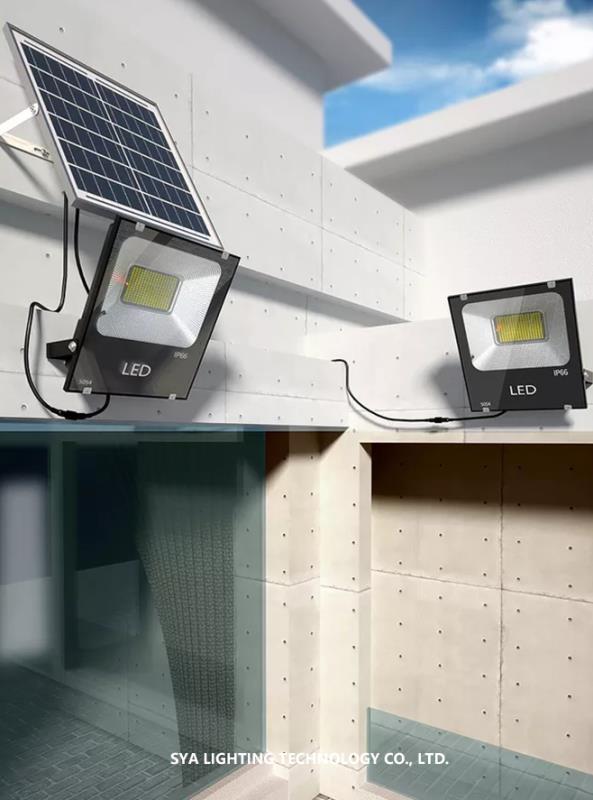In China, the development of electric screwdrivers has shown some unique and concerning trends. First, there is a notable "negative growth" in certain segments that demands attention. While the overall output of electric tools in China has grown at an average rate of 41.5% per year, single-phase electric wrenches—often used as assembly tools—have seen an annual increase of about 30%. However, the output of low-voltage DC screwdrivers has been declining at around 25% per year, while that of single-phase series screwdrivers remains highly unstable. This decline isn't due to a shrinking domestic market, as industries like home appliances, instruments, and electrical equipment have all experienced growth, increasing the demand for electric screwdrivers. Yet, imported products are steadily capturing market share, raising concerns about the competitiveness of domestic manufacturers.
Second, price competition has become extremely intense. In the early stages, some military-to-civilian enterprises entered the market, leveraging their advantages in equipment, capital, and tax incentives to undercut existing producers. As a result, product prices dropped from approximately 350 yuan to 250 yuan. This led to significant profit losses for original manufacturers. Later, township and individual enterprises joined the fray, using cheap labor and flexible marketing strategies to drive prices even lower—down to as little as 10 yuan per unit, with some cases going as low as 80 yuan. Consequently, many traditional companies either stopped production or significantly reduced it.
Take the Tianjin Machinery Tool Factory, one of the earliest manufacturers of low-voltage electric screwdrivers, as an example. In the early 1980s, it dominated the domestic market, producing over 20,000 units annually. By 1996, its output had dropped to just 20 units, accounting for only 12% of domestic production. The price war, while not entirely condemnable, has had negative consequences. By focusing too much on low-price competition, manufacturers have neglected improvements in process quality and innovation. Products that have remained unchanged for 20 years are no longer meeting the technical standards required by modern electromechanical devices, leading to a loss of market share to imported alternatives.
Third, technical research has stagnated, and information flow is limited. For many years, there has been little investment in research on such products, and no meaningful accumulation of relevant data. Although some companies have imported prototypes, they lack the resources to conduct proper analysis or develop new innovations.
Fourth, developing high-tech electric screwdrivers is a major challenge. Modern high-precision models have evolved into mechatronic systems with significantly higher technical complexity than standard power tools. A prototype developed by Hitachi, for instance, includes features such as a hollow shaft, plastic planetary gear, ceramic ejector, a 7-slot, 14-piece high-power permanent magnet motor, capacitive sensor, multiple transistors, silicon bidirectional switches, various diodes, a PWM controller integrated circuit, and numerous control circuits involving resistors, capacitors, and other components.
Analysis shows that when the band switch is set to 1 bit (14V) or 2 bits (16V), and W1 > 30%, the control box fails to operate properly, causing the motor to brake without cutting off power. This indicates that the system loses control functions under low pressure. When the band switch is at 4 (2V) or higher, regardless of K, H, or W, the measured torque at 10% or 50% remains largely consistent, meaning there is no clear torque adjustment. However, at 2 bits (16V) with W1 < 30% and at 3 bits (18V), the torque adjustment is more pronounced, though with significant variation.
The relay is used to create a braking effect, but due to its delayed and inconsistent response, the braking performance is highly variable. During testing, it was observed that when the vehicle was parked, the clutch sometimes caused impacts or even secondary impacts. Each impact increases the assembly torque, contributing to excessive torque dispersion.
Solar floodlights are very durable and have high safety. The cost of maintenance is not very high, and the overall operation is very simple.
1. Safety independent solar power supply, wireless transmission, wireless circuit leakage and other hazards, no high-voltage transmission has safety hazards.
2. Convenient and safe, low maintenance cost, low cost
3, worry-free maintenance, low maintenance costs, simple and convenient system maintenance

Solar Flood light,Outdoor Flood light,LED Garden Flood light,Waterproof outdoor light.Energy saving Flood light,remote control flood light
SHENGYA LIGHTING TECHNOLOGY CO., LTD. , https://www.syalighting.com
